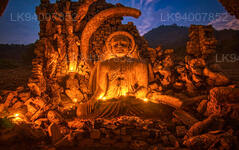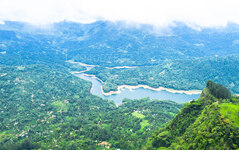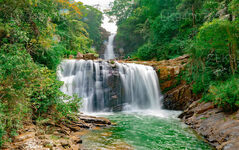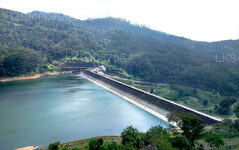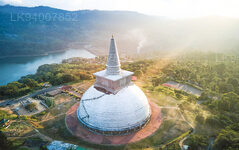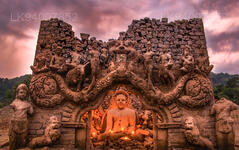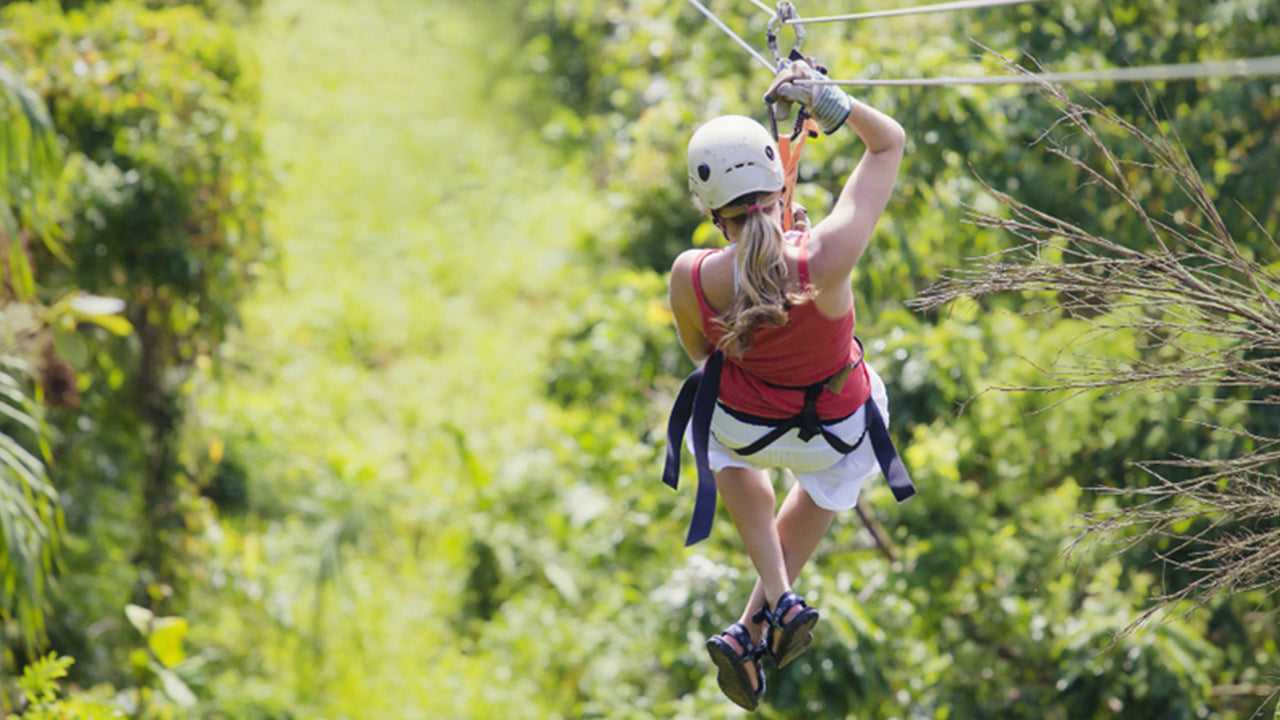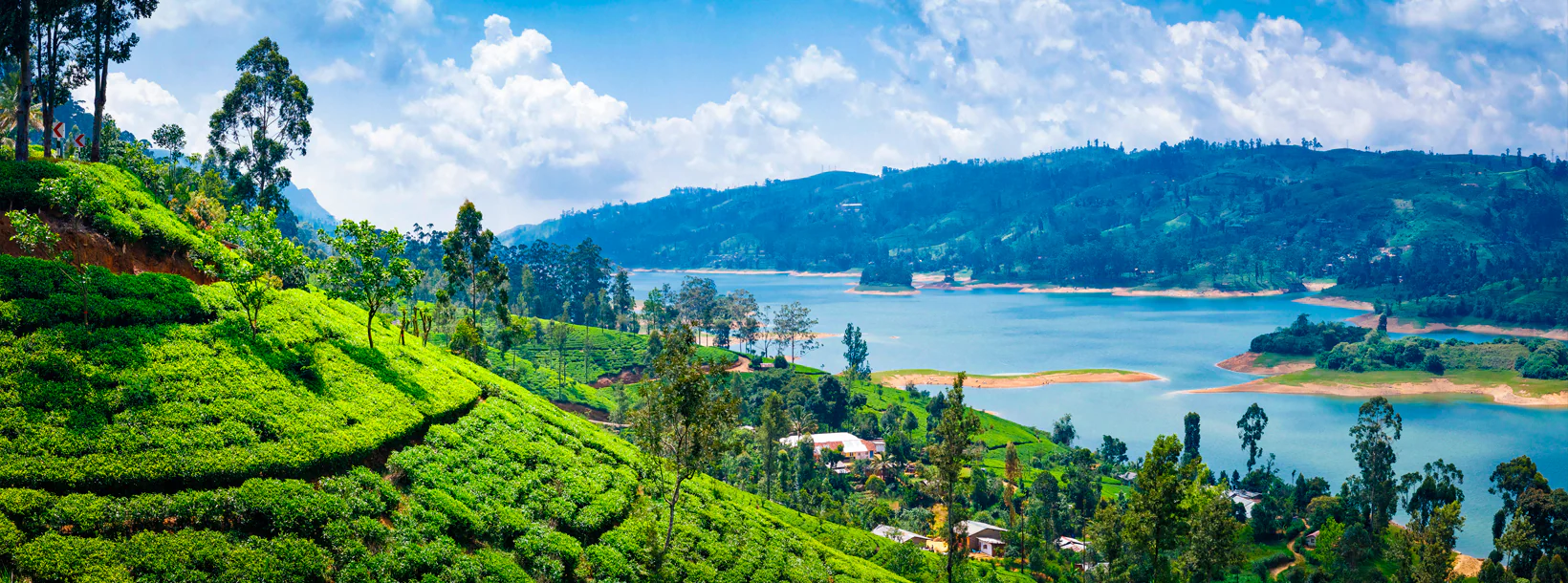
Nuwara Eliya City
Nuwara Eliya, nestled in the heart of Sri Lanka, is a picturesque hill station renowned for its lush tea plantations, cool climate, and colonial charm. Surrounded by verdant landscapes, it offers visitors a serene retreat with its scenic beauty, historic architecture, and vibrant local culture.
Kotmale
Kotmale is a village in Sri Lanka in Central Province. Kotmale forms part of a mountainous region that the Sinhalese kings left forested to generate sufficient rainfall for rice cultivation in the valleys below.
History
The Sinhalese prince Dutugamunu is said to have taken refuge in Kotmale to escape the wrath of his father, King Kavantissa. Kotmale is also where the Kandyan Kings hid the sacred tooth relic during periods of political instability, the last occasion being during the British occupation in 1815.
Attractions
Kotmale Dam
The Kotmale Dam is a large hydroelectric and irrigation dam in Kotmale, Sri Lanka. The dam generates power from three 67 MW turbines, totalling the installed capacity to 201 MW, making it the second largest hydroelectric power station in Sri Lanka. Construction on the dam began in August 1979 and was ceremonially completed in February 1985.
Kotmale Reservoir
The Kotmale Reservoir which is nestled in the central highlands of the country between hills is indeed a breathtaking view. When watching its cool, clear waters ripple in the gentle breeze which blows across the vast expanse of water, no one would believe that there are many more things to feast one’s eyes on, beneath the tranquil waters. Submerged by the waters of the reservoir are the ruins of many temples and human settlements. In fact, more than 14 tea estates, 57 villages and about 54 ancient temples, among others are said to have gone under water when the reservoir was built. While many of these places do not exist at present, even underwater, some of them still do. Among these, the ruins of the Kadadora Vihara are spectacular, especially the sculptured statues of the Buddha and other deities. However, they are a rare sight and can only be viewed according to the whims of the weather gods.
Kadiyanlena Falls
Kadiyanlena Fall is stands at a height of 25 meters. The name of the waterfall is derived from the name of the village it is situated in. It is also called “Ketabula Ella” which is derived from the name of the tea estate nearby.Falls is in between the small towns Kadiyanlena and Ketambulawa. Specialty of the water fall is, the main road is passing over this river via a arch bridge.Fall is located by the side of Nawalapitiya-Kotmale road and can be observed from the road.
Kadadora Priyabimbaramaya
Was a Buddhist temple, situated in Kadadora, Nuwara Eliya District, Sri Lanka. The temple was abandoned and ruined as the construction of Kotmale Dam in 1979 by Mahaweli Development programme. The ruins of Vihara still can be seen when the water level of Kotmale Reservoir is low, but the sight is very rare. It is said that about 57 villages and 54 religious places in Kotmale were submerged with the completion of the reservoir in 1985. Except Kadadora Vihara other shrines including Thispane Vihara, Morape Devalaya, Othalawa Vihara, Pattini Devalaya and Medagoda Vihara were said to have gone under water when the reservoir was built. However, many of these temple ruins no longer exist.
Peacock Hill
Peacock hill Mountain is the highest peak in Pussellawa - Sri Lanka (1513 meters above sea level), rising only 200 meters above the Pussellawa city. Peacock hill is easily accessible by using the roads across the villages.
Peacock Hill Mountain is one of the most panoramic vantage points of Pussellawa which gives an extraordinary view of the most mountains and cities around where you could absorb the beauty of Gampola town, Pussellawa town, Ambuluwawa, Dolosbage mountain range, Nawalapitiya town, Nuwara-Eliya town , Pidurutalagala range , Kotmale reservoir & Bible rock. A traveler would have a wonderful time walking up the hill in the midst of the immaculate Pussellawa atmosphere.
Mahaweli Maha Seya
Mahaweli Maha Seya is a stupa located in Kotmale, Sri Lanka.The stupa is 88 m (289 ft) tall, making it the second-largest stupa in Sri Lanka, second to Ruwanweli Maha Seya in Anuradhapura, built in 140 BC. Its structure was designed by Vidya-Jyothi Dr. A.N.S. Kulasinghe.
Uncover Mysteries of the Ramayana
【Text by Lakpura™. Images by Google, copyright(s) reserved by original authors.】

